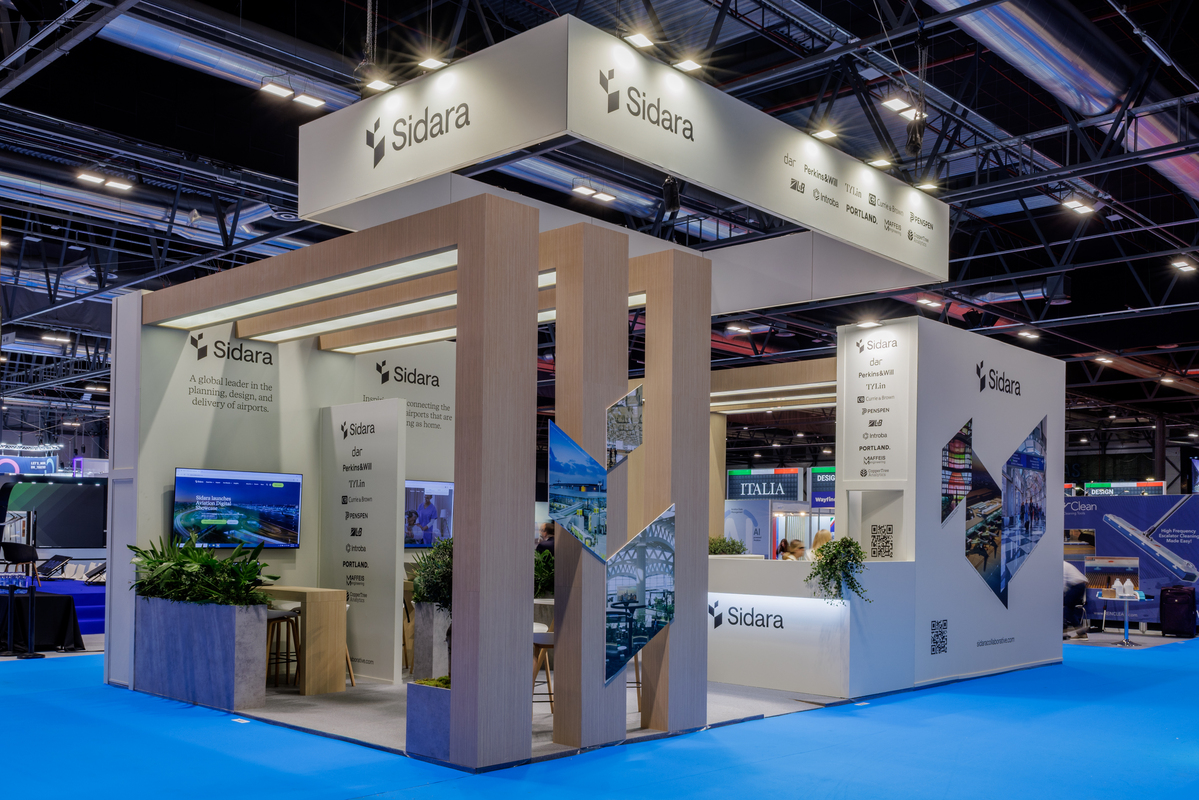Designing a stand requires careful planning. It's important to establish clear objectives on what you want to accomplish from the start and make decisions based on those goals. A stand can have many different purposes: launching a product, generating leads, reinforcing brand image, increasing customer loyalty... But not all objectives require the same approach. And that is where the difference lies between a stand that is simply “there” and a stand that has a specific purpose.
Think about the why
Before thinking about how.
Instead of talking about materials, shapes, or lighting, be clear on the objectives you want to achieve at the event. It seems obvious, but it's often overlooked. Sometimes the marketing team has an idea, sales have another, and the agency interprets something different. That's why clearly defining the objective is the first step to take for the rest of the process to run smoothly.
A stand that is thought out to have meetings and close deals isn't the same as one thought out to launch a new product. It could also be different if they are looking to generate leads or reinforce brand experience. Every objective has its own unique design and different types of activations.
What influences the stand design?
Once there is a clear objective defined, lots of variables come into play. The location inside the venue, available square meters, the type of public in attendance, and of course, the budget. All these variables condition the decisions that are made afterwards.
This is also the moment to choose the type of stand. In many cases, the most coherent decision is choosing formats that adapt to the client's rhythm and resources. That's why it's common to see combinations of TYPES OF STANDS: MODULAR, CUSTOM DESIGN, OR TRANSPORTABLE, according to what you want to prioritize: visual impact, easy set up, or reusability.
Think about the space from the customer's perspective
One aspect that isn't commonly considered is how people move around the fair or the congress. The design must consider not only what you want to see, but also how you want it to feel. Where you enter the stand, what the first thing you see is, where the focal points are... Even which points are considered “black” because they block transit, or “white” because they promote fluid transit.
Designing a stand considering this point of view is what gives a stand purpose. You can have a very powerful visual proposal, but if it's not thought out from an experiential perspective, it becomes superficial and impractical.
Experience as part of the message
A stand isn't just a display; it's an opportunity to generate a relationship with the client. Most times, what remains is the general experience you had, not just what you saw. A live workshop, an immersive space, a demo zone... Everything is part of the message that reaches the client.
That's why it's getting more common to include experiential activations within the stand, even if it's on a smaller scale. It's not just about doing something attractive, but about connecting with the public differently and memorably. A way of saying something the brand wants to say, without words.
Conclusion: design with intention (not just creativity)
Preparing a stand in line with your objectives is more than creating attractive scenography. It's about being clear on why you are participating in an event and translating it into decisions regarding design, content, flow, and activations. In conclusion, think about the client experience as the main aspect and not an accessory.






